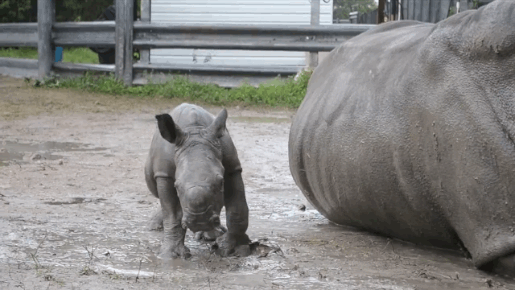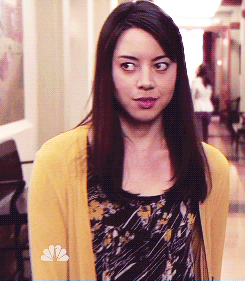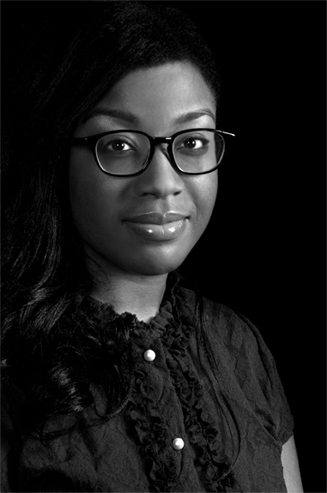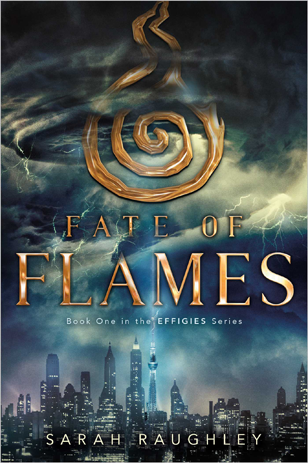Questions with: Sarah Raughley
In my opinion, the most important thing a YA author can do in their novel is to create characters with flaws. And I’m not talking “Oh I think I’m not very pretty but for some reason every other character in this book is fawning over me” flaws; I’m talking real, deep rooted, human, day-to-day flaws. A character who makes mistakes, says totally wrong, cringe-inducing things, makes terrible life choices, and learns through it all; or doesn’t.
Maybe they make the same mistakes many times. Maybe their salvation is just not in store. Who knows. However, what is certain is that a character who has these quirks, these faults and flaws is heaps more interesting than one who is somehow magically able to perform all the stunts and tricks 5 minutes after discovering their secret ability.

I think we can all agree that the skill level of an actual person who discovers they have powers should not exceed this rhino learning to walk.
So when I picked up Fate of Flames and met the main character, Maia, I was pumped. Here was a girl who has had the worst kind of year you can have, and went through it completely alone. A girl who is an active member of a discussion board for the Effigies fandom, and who is flippant about a group of them. She is a teenager, doing the very “teenager thing” of learning who she is, having immature moments, and saying the wrong thing at the wrong time, but surviving through it. She is flawed and she is amazing for it.
And this is without mentioning Belle, Chae Rin and Lake, the other Effigies.
After I finished reading (and lamenting that I would have to wait forever to find out what happens next), I decided that I had some questions for author Sarah Raughley and very quickly twitter stalked her to see if she would indulge me. This was me when she agreed:
 2 parts disbelief, 2 parts excitement, 4 parts “omg I’m going to mess this up aren’t I…” Luckily for us all, I didn’t (I think… hope?)
2 parts disbelief, 2 parts excitement, 4 parts “omg I’m going to mess this up aren’t I…” Luckily for us all, I didn’t (I think… hope?)
So without further ado, I present to you…
Questions with Sarah Raughley:
 Photo: www.melaniegillis.com
Photo: www.melaniegillis.com
When I first read Fate of Flames, I found the mention of Montreal very interesting as you don’t often encounter Canadian cities in popular YA. As a Canadian author, how do you feel about Canadian representation in popular fiction?
I do think that quite a few YA novels tend to be Amero-centric, which I suppose is a product of the industry. However, for Fate of Flames, the story and mythology really encompasses the whole world, so it creates the perfect opportunity for me to bring in other locations and show how different countries deal with the phantom threat. It’s really fun for me as a Canadian author to bring a Canadian city into the story. Montreal definitely isn’t the last we’ll see of Canada in the series!
More Canada is always awesome in my books! Any chance you can divulge some cities/areas we can expect to see?
Hmm… I’d rather keep certain things about the second book secret! I can say for sure it’s a city I’ve been too :) (To the readers: Lets hear your guesses in the comments! My money is on Toronto or somewhere in British Columbia… Any takers?)
Canada aside, we also travel to 5 major cities in this novel, and it seems like we will be seeing many more cities in the subsequent novels. How do you prepare yourself to write these scenes?
I do research on the areas they’ll end up in to help with descriptions and even to shape the plot. They definitely travel to a lot of places! I kind of took my cue from RPGs and high fantasy novels where the main character’s quest takes her across the world fighting evil. Again, my goal was to impress the fact that the story’s conflict isn’t just local - it really encompasses the whole world.
One of the many great things about Fate of Flames is the diversity that we see in the main characters. Was this a conscious choice, and can you tell us more about that?
I actually want to subvert the idea of “diversity as a conscious choice” because I think too often we normalize the exclusion of diversity. Having the four girls be of different ethnicities just made sense to me. It wasn’t something I had to check off a list. I think it would have been stranger and more jarring for me if they were all white. Racial diversity is the world we occupy. I think erasing that racial diversity, erasing that reality, from one’s narrative takes a lot more conscious and unconscious effort; that is to say that imagining your world as only occupied by white bodies isn’t something that just happens or something that’s just normal; it’s a conscious decision that’s made and followed through.
What a great way of looking at it! One thing that is often talked about is the fact that there are a lack of writers of colour being represented by big publishing houses. As a woman of colour who has published two novels now, do you feel that the industry is getting better at getting these stories out there?

I’m hesitant to use myself as an example because there have been WOC authors publishing YA in the past, but it doesn’t change the fact that marginalized authors are still very underrepresented. However, I do think that with recent diversity campaigns, people in the industry are starting to understand more and more how important representation is - not only on the pages but behind the scenes as well. So I hope things continue to move forward along progressive lines!
So do we! Now, this is your second novel after your stand-alone Feather Bound. Do you feel like it came easier the second time around? What challenges did/do you face as a writer?
I think both books had different challenges. Feather Bound was a much different story that dealt with different themes all of which needed to be wrapped up at the end of the novel. It also was a more personal and intimate story. Fate of Flames is on a more epic scale, and I found myself having to make sure I was clear on when I was going to reveal what and when. It’s harder because there are certain aspects about your world, the mysteries of the plot and characters etc. that you can’t reveal until the second or even third book. And there are tons more characters with different sets of motivations you have to keep track of. So there was a bit more involved in the writing of Fate of Flames.
How do you keep track of all of the moving pieces and characters when planning a novel like this one?
I have a document called my Series Bible where I have the whole background of the book including mythology, character arcs etc. written down. I refer to it constantly while I’m writing. I also have charts to try to figure out what pieces need to go where and when. I find it helps if it’s visually in front of me!
The inner organizational freak in me is loving that. To finish off: what is the best piece of advice you were ever given? What advice would you give to aspiring writers?
The best piece of advice I was given was that you can’t please everyone. Not everyone will love your book, but that doesn’t matter. Continue to write for those will. I’d actually pass that on to aspiring writers and add something else: write what you love. Write what makes you excited. Even if it makes no sense to anyone else or if some people don’t get it. Write it. Because believe me, even if there’s just one person in the whole world who gets your work and loves it, then it’s all worth it.
Be sure to check out Sarah’s novel Fate Of Flames, out November 22nd!
